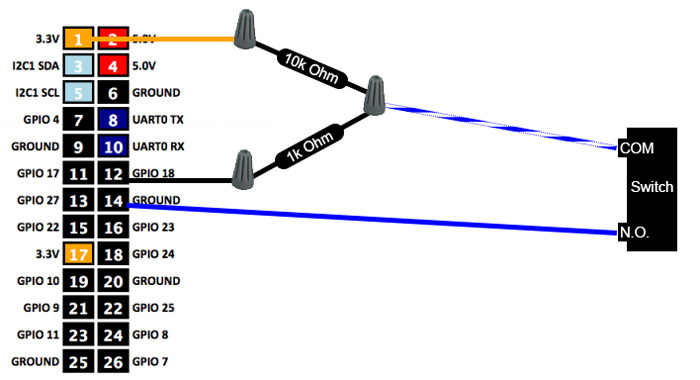I am ashamed I've lived with his mess for so long.

Looking to build a side cabinet. I'm thinking putting all the outlets on the side facing the tank, a touch screen display on the top front and a lower storage area for some frequently used supplies
Yeah you need a reef pi.


















